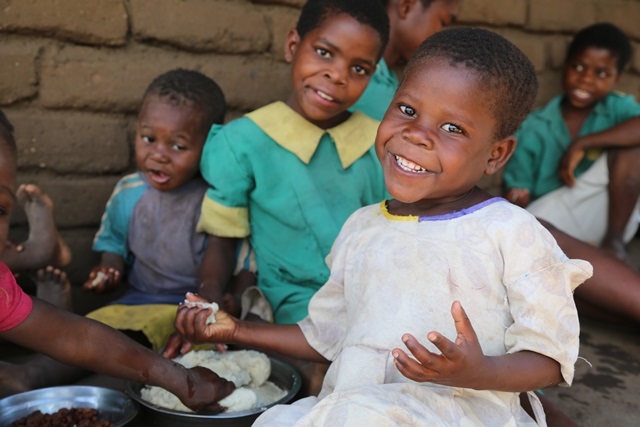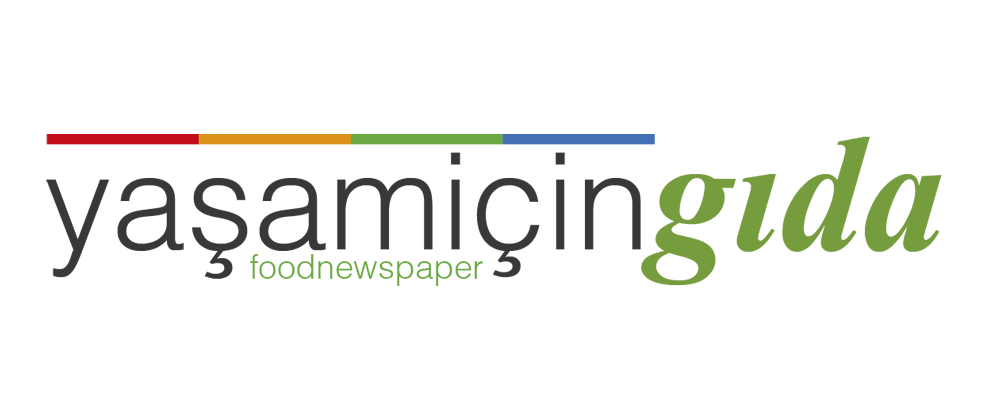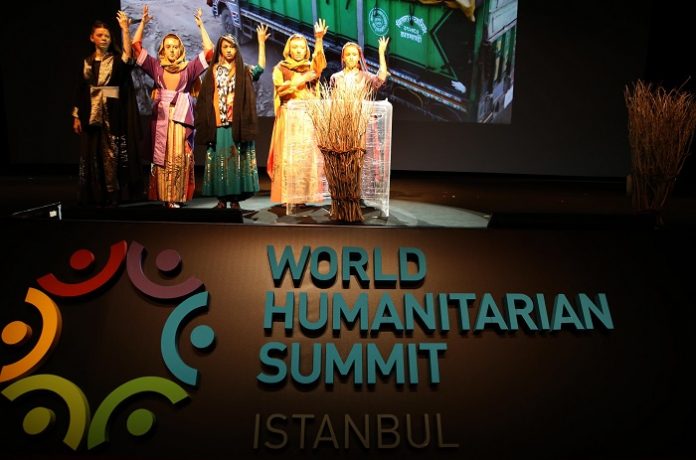Critical needs of the most vulnerable children confirmed by World Vision survey
Leaders gathering at next week’s World Humanitarian Summit in Turkey must put child well-being at the centre of discussions and take into account the voices of young people themselves, according to World Vision, Canada’s largest international development agency.

World Vision spoke to more than 11,000 children aged 5-17 over ten years, after emergencies in 15 different countries. Education and protection were the most prominent needs of children suffering in emergencies.
Six things children need after an emergency – in their own words
“I don’t want to scavenge for food.” Children say the lack of food meant they would have to scavenge, eat spoiled food, beg and steal. Their health suffered from a lack of nutrition, and they were forced to work so they could help pay for food for their families.
“I want to go to school so I can get a job.” Schools are destroyed, access to schools is cut off, education costs skyrocket. Children believe education is the best way for them to help their futures and their families. They get upset when they talk about not being able to go to school.
“I need somewhere to play.” Children say they don’t have enough places to play or do not have any fun activities to participate in after an emergency. Being able to play is a chance to escape and ultimately adjust to their new lives.
“I want to be safe when I go to the washroom.” Pressure on resources and facilities mean it can take longer to access vital water and sanitation services. They may be further away, crowded or used by groups of people who make children feel unsafe. They talk of being injured, attacked, robbed or raped when travelling to collect water or to use the latrine.
“I want to hug my mom and dad.” Children talk about feeling stressed or anxious after a disaster. Many lose or are separated from their families, others experience an increase in tension at home as the family struggles to adjust.
“I don’t want to hurt anymore.” Children suffer increased risk of injury after disasters due to a lack of secure shelter. They talk about struggling to adjust to their new living conditions.
Quotes
“This is why comprehensive child protection programming is so essential, but shockingly, less than three per cent of humanitarian money is spent on this. Children also told us that being able to go to school was one of the most important things to them. Children wholeheartedly believe education is the path to a positive future for themselves and their families. And yet, less than two per cent of humanitarian money is spent on education in emergencies.”
-Ian Ridley, Senior Director for External Engagement, Humanitarian and Emergency Affairs, World Vision
What’s needed from Canada
Full participation in a new funding model that addresses not just immediate physical needs such as food, water and shelter, but also to protect children from harm and provide life-saving access to education. World Vision is asking that education be considered a life-saving intervention.
Active government engagement to prevent conflicts and engage in peacebuilding with the full participation of women and children.
Fast facts
In 2015, emergencies interrupted the education of more than 80 million children.
Children make up more than half of any group of people affected by an emergency or crisis.
Less than 3% of humanitarian funding is spent on child protection and only 2% on education.


